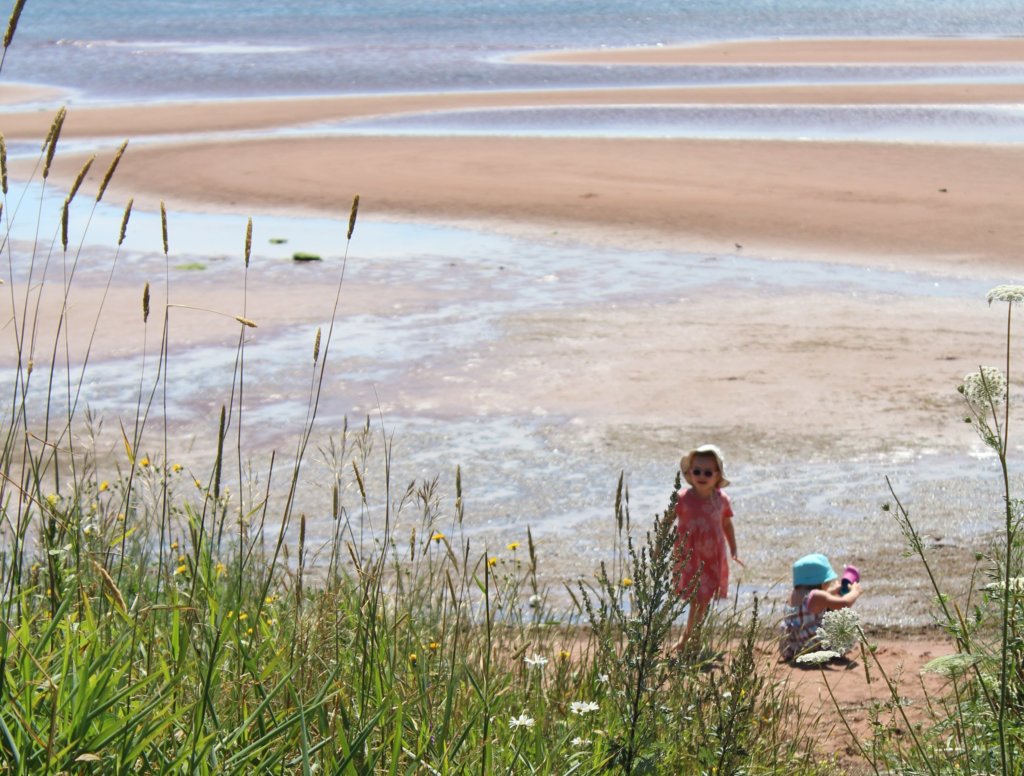
What words comes to mind when you think about happy childhood play? Perhaps outdoors, discovery, exploring, and imagination? Some of the happiest childhood memories aren’t necessarily related to mountains of toys. However, it can still be tempting to think that buying more stuff will make our kids happy. It’s easy to think that more must necessarily be better. The truth is that more stuff won’t bring true joy, and this applies to our kids too.
The good news is that children don’t need more stuff to be content. Children learn through play, and they can do this happily with a small amount of toys. Having fewer toys around can actually encourage creativity for your child and bring about several benefits.
Benefits of a minimal toy collection:
1. More focused play.
Have you ever noticed that when there are too many toys out, they somehow become strewn all across the floor and in every corner of the house? This isn’t merely because of the quantity, but also because when there is too much stuff it’s difficult for a child to focus and play with one toy for a long period of time. As most adults have experienced, it can be overwhelming when there are too many choices. It’s no different for children; they experience overload when there are too many playthings or activities available, and will end up jumping from one to the next without learning to focus. Fewer choices can actually help direct focus to a specific activity.
You might think that more toys will keep kids busy for longer. However, studies have revealed that children actually play less the more toys they have. Once they’ve learned how to focus and become creative, your kids can spend a surprisingly long time lost in their own imaginary world. When there are fewer distractions, children are able to concentrate and have better focus.
2. Less clutter.
Rather than having piles that aren’t played with, a small collection ensures that the favouite toys are kept and used on a regular basis. As your child grows, this smaller collection will change and adapt to their interests and needs. Your child will be happy when it’s easy to access their favourite toys without additional clutter.
It will also be easier for your child to clean up after a game. They won’t be as frustrated when it’s time to clean – it doesn’t take much time when you own less.
3. More Imagination and creativity.
When there are fewer physical toys around, you can draw kids’ attention to creative games such as eye spy, rhyming games, and alphabet games. Make your own fun! Arts and crafts are another wonderful outlet for creativity. Paper, crayons, and paint can go a long way during play time and don’t need to take up too much space either.
Try having fewer toys with an emphasis on creativity, and watch as your child gets lost in their imagination. Sometimes boredom can lead children to use their imagination. They’ll create new ways to play with the same toys.
If all your toys make sound or move on their own, then consider taking the batteries out. Children practice sounds, movements, and make-believe by creating their own sound-track and sound-effects for games. Let them pretend and make noise and watch their imagination take off.
4. More physical activity.
Less stuff, more exercise! Children love to play using their whole bodies. Take advantage of parks, play structures, and physical activities outside. Kids will run, jump, get dirty, and make friends as they explore outdoors and play in nature rather than buried under piles of stuff.
For more help on how to declutter your child’s play room, read these 10 tips.


